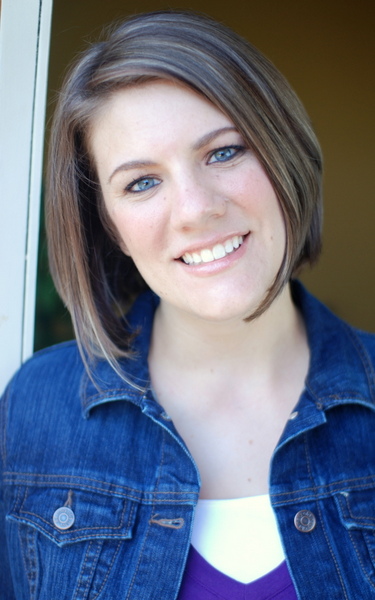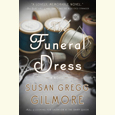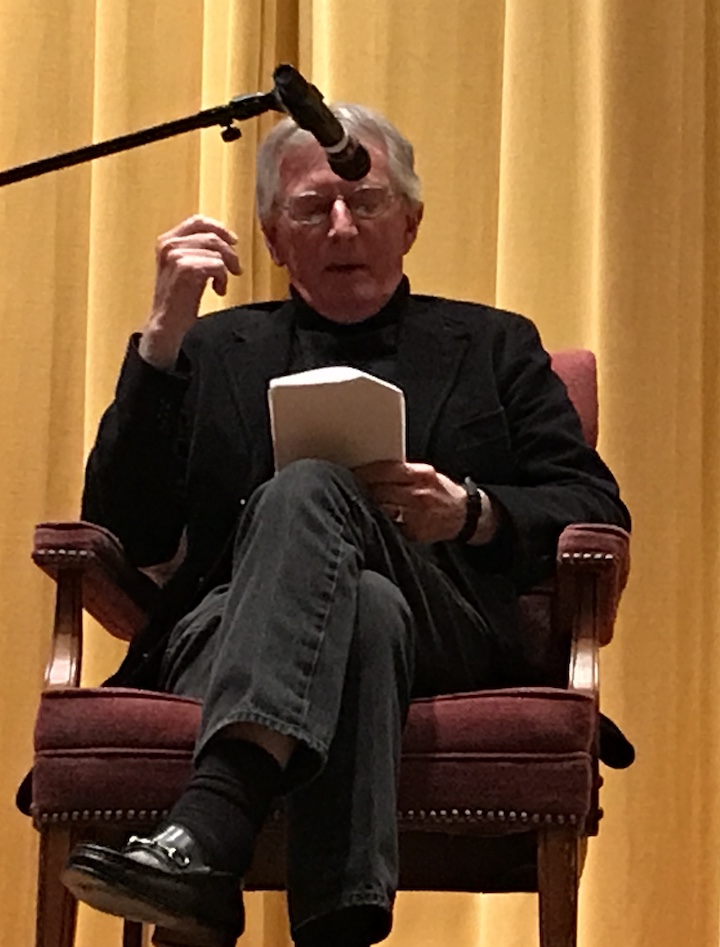Getting Off the Mountain
Sewanee literary institutions seek new voices and perspectives
When Adam Ross joined The Sewanee Review as the esteemed literary journal’s first new editor in more than 40 years, change quickly followed. Ross and his team redesigned the website and added art to the quarterly’s cover. In his first issue, Ross paid homage to the Review’s legacy but warned of the “destructive powers of nostalgia,” signaling his aim to look forward, not backward. Ross wanted established writers to consider the Review as a space to experiment in styles and genres beyond their comfort levels, but he would continue its long tradition of providing opportunities for new, unknown names to make their mark.
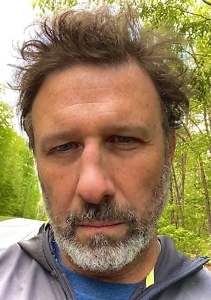
“America’s literary landscape is more polyphonic than ever,” Ross told Chapter 16 in January 2017. To truly capitalize on it, he declared, “you have to keep your ear to the ground, be on the lookout, get off the mountain.”
Over time, Ross realized how challenging getting “off the mountain” — a reference to the publication’s Edenic headquarters on the Tennessee campus of the University of the South — could be. To meet these goals, he would need help. Ross was concerned that work from potentially great but lesser-known writers was slipping past him undetected, lost opportunities he didn’t even know he was missing. To cast a net wide enough to fulfill these aspirations, he would need to share the spotlight.
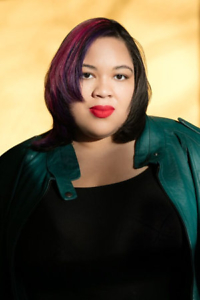
In May, the Review announced the addition of three editors-at-large tasked with seeking out new writers and poets who otherwise may have gone overlooked. All three are young, Black, and highly acclaimed. Ross tapped Danielle Evans, an award-winning author fresh off a National Endowment for the Arts fellowship; Sidik Fofana, who Ross published in his first issue as editor of the Review; and Brandon Taylor, whose recent novel, Real Life, made the 2020 Booker Prize shortlist.
“I am constantly trying to echolocate my own blind spots with regard to areas where my learning is deficient, areas where my reading comes up short,” Ross, who is white, said. “Part of being good at what you do is recognizing your own limits.”
Over the spring and summer, Taylor, Evans, and Fofana have been in conversation with Ross and his staff about how they can recommend and introduce new voices to the quarterly. The goal is to tap these editors’ networks and sensibilities, to be in close dialogue with them, and to signal to the broader literary world that The Sewanee Review aims to move in a direction that reflects American literature right now.
When the next issue goes to print, it will mark just the second time in the quarterly’s 129-year history that the names of Black people will appear on the masthead, Ross said. (Hellen Wainaina, a former assistant editor, was the first Black person to be included on the masthead after Ross took the helm.)
“We certainly don’t want a victory lap. We simply felt compelled to broaden the conversation,” Ross said. “We can’t do anything about our history, which is monolithic — it’s just there. We are simply looking and moving forward.”
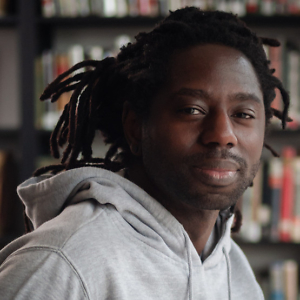
At a time when the American South — and the nation as a whole — is re-evaluating and testing its collective perceptions of race while facing a real-time reckoning over history, equality, and inclusion, those overseeing the limited pages of elite publications like the Review don’t want to be left in the past. Given the Review’s track record of spotting emerging literary talent, the move in many ways reflects its longstanding tradition of providing an early platform to renowned young talents.
“We have to think about the political climate that we’re in. Adam has really made a statement by trying to include writers of color,” said Fofana, whose debut novel, Stories from Our Tenants Downstairs, will be published later this year. “Success doesn’t look like me choosing other all-Black voices. It’s looking out for narratives that are different.”
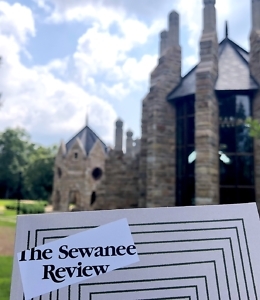 Literary and academic institutions in Tennessee have long served as hubs for acclaimed writing, and none more notably than Sewanee. As the oldest continuously published literary quarterly in the United States, The Sewanee Review has featured some of the most famous names in American letters, including Flannery O’Connor, William Faulkner, and Peter Taylor. Every summer, agents and editors flock to the University of the South to scope out the next generation of literary talent at the Sewanee Writers’ Conference.
Literary and academic institutions in Tennessee have long served as hubs for acclaimed writing, and none more notably than Sewanee. As the oldest continuously published literary quarterly in the United States, The Sewanee Review has featured some of the most famous names in American letters, including Flannery O’Connor, William Faulkner, and Peter Taylor. Every summer, agents and editors flock to the University of the South to scope out the next generation of literary talent at the Sewanee Writers’ Conference.
Over the past few years, both of these organizations have worked to elevate a new generation of writers who better reflect the growing diversity of the country. Their inclusion will, ideally, reflect changes that have already been a long time coming in the American South, a region that is rapidly diversifying and growing. Over the past decade, the South as a whole has seen more population growth than any other part of the country.
For the Review, which despite its immense contributions to literature in the South, sees itself not as a regional quarterly but a national brand, that means intentionally seeking work from diverse communities.
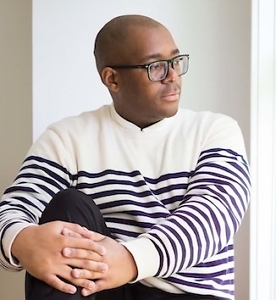
“A lot of what kept Southern literature white was that the artistic class was basically the landed white gentry,” Taylor said. “You did have writers who were Black and Southern and queer who were writing in the margins, and who did generate art, but the fact is, they weren’t able to achieve the cultural penetration that the Peter Taylors of the world had. It kept Southern literature from fully being as diverse as it should have been. …Now as art becomes more available to more kinds of people, that is changing, but slowly.”
In interviews, the Review’s new editors-at-large said that many of submissions crossing their desks consist of voice-driven and first-person narratives that reflect various perspectives, with subjects that range from the crack and HIV epidemics in the 1980s to #MeToo sexual assault stories to climate change dystopias.
In terms of genre, Evans noted that during this uncertain time, when climate change, plague, and unstable politics threaten our daily lives, she’s seeing more attempts at dystopian writing that, in a darkly ironic way, end up reading more like realism by the time of publication.
“What kind of art do you make when you’re not sure you believe in the future? The question of the 21st century, for me, is what happens when the gates to something are suddenly opening as the building is collapsing?” Evans said. “That feels to me where we are in diversity in art, publishing, and academia right now. Everything is falling apart, but the doors are open.”
New approaches to storytelling are not merely manifested in plots, characters, or settings, but are also reflected in an explosion of experimentation in other forms, Taylor said.
“I do see a lot of our existential preoccupations manifesting at the level of character, form, voice, and tone,” Taylor said. “‘Exciting’ feels like the wrong word to use, but it does feel like an exciting time for the variety of writing and the ways that these preoccupations are seeping into the art itself, not just in terms of subject matter, but in terms of technique.”
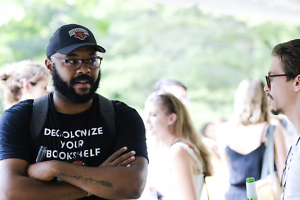
An effort to expand the chorus of literary voices was also evident at this year’s Sewanee Writers’ Conference, an exclusive gathering of fiction and nonfiction writers, poets, and playwrights held on campus at the University of the South. The conference, which was canceled last year due to the pandemic, returned this summer with some changes and many new names.
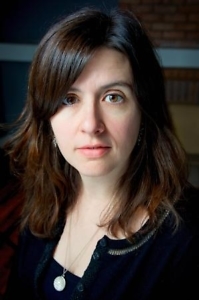
Led by author Leah Stewart, who became the conference’s new director in 2019, the organization set a goal of filling its faculty and staff with 50 percent people of color. The decision has made a noticeable change to the kind of work being showcased, said Adam Latham, the conference’s associate director of marketing and admission.
“The work is better. Conversations become more dynamic and interesting when they’re coming from a wide array of backgrounds,” Latham said. “Quite frankly, a lot of writers who hadn’t been applying to go to Sewanee have been applying. This is the strongest collection of writers that we’ve brought together.”
At a time of such rapid change in the region, identifying what makes writing “Southern” has become a moving target. In the past, when white writers defined by the collective memory of the Civil War and its aftermath dominated the literary landscape, it was easier to identify “Southern writing.” But today, as many others have already noted, the modern definition of the term is more elusive.
“For me, the idea of Southern literature is very capacious. There’s an increasingly complicated understanding of what it means to be Southern,” said Stewart. “I think it’s OK to live in that ambiguity right now. Our understanding of what it has meant to be ‘Southern’ is deeply problematic. It’s a moment to rewrite that understanding. It’s a moment to live in uncertainty and to be open to new possibilities.”
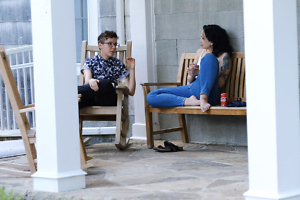
It would be shortsighted and, frankly, wrong to pretend that writers only recently noticed that the South is not a monolith. This vast swath of land that’s home to countless people groups has contained multitudes since before there was any such thing as “The South.” And the notion of the “New South” is decades old. But the fact that the region’s chief storytellers have paused, at this moment, to consider what it will take to ensure that these diverse voices receive their due recognition suggests the literary South is on its way to exploring new ground.
“If the South is able to change the trajectory of its narrative to be more inclusive, to let go of the mythology of the Lost Cause, and really reckon with the history, then I hope that in bringing people here from all over the country, we can help spread the word that there are people trying to change that narrative,” said Stewart. “I think of Faulkner saying, ‘the past isn’t dead, it isn’t even past.’ Well, don’t we want it to be dead at this point? If we allow that particular version of the South to be dead, aren’t we just completely remaking it now? We can tell a different story about the South.”

Chris Moody is a reporter based in Chattanooga. His writing has appeared in The Washington Post, Outside, The New Republic, CNN Politics, VICE News, Reason, and more.
